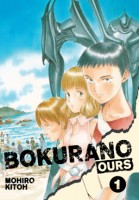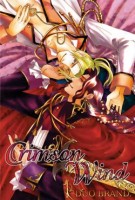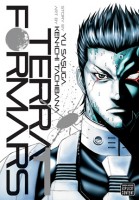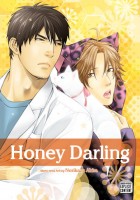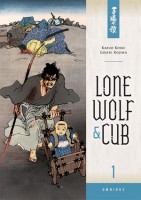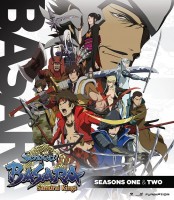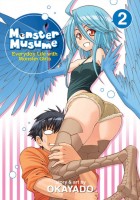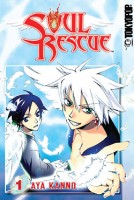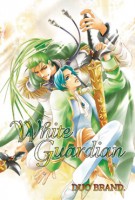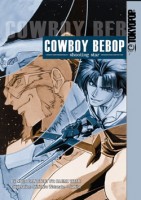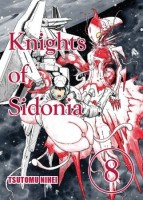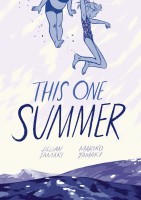It’s the end of the month and therefore the start of another manga giveaway here at Experiments in Manga! For July’s giveaway you all have a chance to win the first volume in Mohiro Kito’s manga series Bokurano: Ours as published by Viz Media. As always, the giveaway is open worldwide!
I don’t know what it is about mecha manga and anime. For some bizarre reason, I never think that I’m going to like it, but I almost always end up enjoying what I pick up. Maybe my reluctance comes from the feeling that there’s just so much of it, giving the impression that the genre has been overdone and is lacking in originality. That’s a somewhat unfair train of thought on my part. Most well-established genres have the problem where a great deal of the media just isn’t very good or particularly notable, but they all have their gems.
Anyway. I recently started reading Mohiro Kito’s Bokurano: Ours, Volume 1, which is one of the more unusual mecha stories that I’ve come across. Granted, I haven’t gotten very far into the series yet, but I am liking its dark atmosphere and prominent psychological elements. Plus, it ran in IKKI, a magazine that publishes some manga that I really love. (And which sadly recently announced that it will be suspending publication in September.)
So, you may be wondering, how can you win a copy of Bokurano: Ours, Volume 1?
1) In the comments below, tell me a little about your favorite mecha manga, if you have one. (Never read mecha? Simply mention that.)
2) If you’re on Twitter, you can earn a bonus entry by tweeting about the contest. Make sure to include a link to this post and @PhoenixTerran (that’s me).
And there it is! Each person can earn up to two entries for this giveaway. As usual, everyone has one week to submit comments. If you prefer or have trouble with the comment form, entries may also be submitted via e-mail to phoenixterran(at)gmail(dot)com. (I will then post the entry in your name.) The giveaway winner will be randomly selected and announced on August 6, 2014. Good luck to you all!
VERY IMPORTANT: Include some way that I can contact you. This can be an e-mail address, a link to your website, Twitter username, or whatever. If I can’t figure out how to get a hold of you and you win, I’ll just draw another name.
Contest winner announced—Manga Giveaway: Mecha Manga Giveaway Winner

